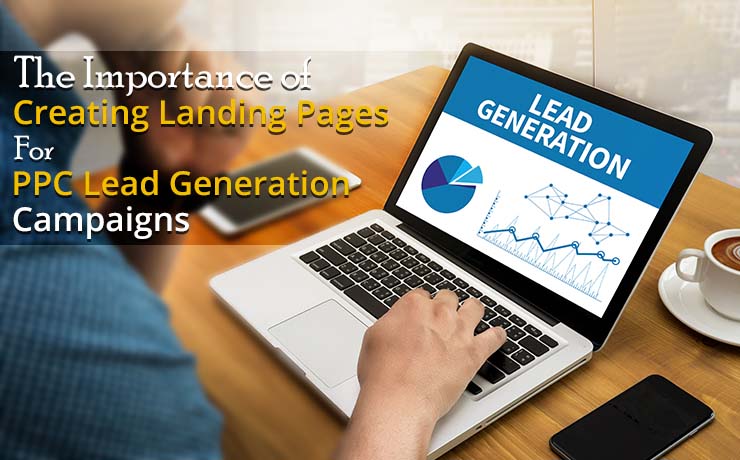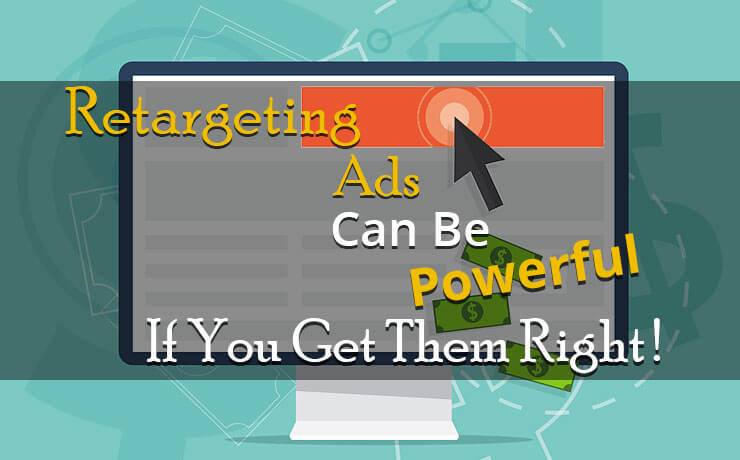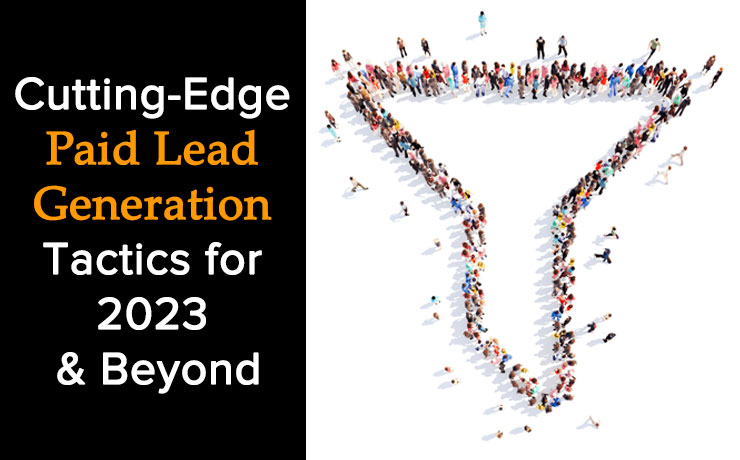The Importance of Creating Landing Pages For PPC Lead Generation Campaigns

Danielle Denman
PPC Analyst

Landing pages help PPC lead generation campaigns get more conversions without significantly increasing your advertising costs. A landing page is a single stand-alone web page (usually hidden from the website’s navigation and not indexed) that is specifically tailored to users who “land” from your digital marketing campaigns. Whether a campaign is from Google, Bing, Facebook, Instagram, Pinterest, or any other Display and Video campaign, landing pages will increase the likelihood of a lead and often result in a higher value lead. Landing pages help consolidate key information for your users and encourage them to complete a Call-To-Action (CTA) with your business. Below are the 4 main benefits and best practices to follow when utilizing landing pages.
Benefits of Using Landing Pages for PPC Lead Generation
There are multiple benefits of using landing pages for online marketing campaigns. The most prominent advantages include:
- Increase Conversions While Lowering CPC & CPA
Using landing pages for PPC campaigns makes the user’s overall experience more relevant than before. This can result in a higher amount of conversions, lower cost per click (CPC), and cost per conversion. Businesses can also generate more valuable leads, increase close rates, and drive down overall CPA.
- Achieve a Higher Google Ads Quality Score
Quality Score factors include landing page experience, ad relevance, and expected CTR. Landing page experience is a huge part of Quality Score and it affects your ad rank. Therefore, it directly affects your CPC and ad position. A well-built landing page with optimized ad copy will improve the Quality Score and ultimately get you the most bang for your buck in advertising.
- Grow Your CRM and Optimize Your Conversion Rate (CRO)
As you are collecting your prospects’ and future customers’ information, you are able to collect their data and store it in your CRM, e.g., HubSpot. Growing your CRM allows you to easily market and remarket to users who have already interacted with your business. This helps with closing the sales process as well as active customer retention. Bringing your active CRM list back to a landing page can also be beneficial. The overall conversion rate varies by industry but according to HubSpot, conversion rates can be up to 24%. Actual average conversion rates by the industry as per UnBounce are shown below:
- Increase Credibility and Improve Brand Awareness
Matching your landing page design to your branding guidelines reinforces your overall brand to customers. In addition, tailoring the information toward their specific needs helps improve brand recognition. Credibility can be enforced by adding positive customer reviews and feedback from people who have interacted with your business in the past. Collecting and displaying testimonials from your Google My Business, Yelp, or other review accounts also enhances this credibility.
Understanding Landing Page Best Practices
Landing pages for lead generation campaigns benefit both small and medium-sized businesses as well as large-scale and enterprise firms. Some of the best tips for building landing pages include:
- Create a Solid Structure: Having a strong structure with proper flow for the user is important. A general rule to follow is including a headline with a proposition and supporting copy points, a CTA/form, services/benefits, testimonials, and reinforcement. For example, adding info about the company, a photo/video gallery (if applicable), and contact information.
- Add CTAs: Call to actions should be clear and consistent throughout the page. Adding too many CTAs, however, may confuse the user and cause them to leave the page.
- Optimize for Mobile Devices: Be sure that your landing page is optimized for mobile as most users on the web (even increasingly in B2B) are on mobile devices. Having a phone number or link to the form follow the user throughout the page helps guide them to take action.
- Improve Page Speed: Pages with longer load time tend to have higher bound rates and lower average time on page. According to UnBounce, pages that load within 2 seconds have an average bounce rate of 9% opposed to 38% at 5 seconds.
- Conduct A/B Testing: Frequent testing of various elements then analyzing results will help your campaigns stay up-to-date and improve metrics over time.
- Keep It Simple: This should be designed for specific campaigns so remember to try not to include every piece of information that’s currently on your website.
Landing pages can be a great addition to your overall online advertising strategy. Whether you’re using them for PPC campaigns (both search engine and social media marketing) , email marketing, conversion rate optimization, or any other combination, a well-built landing page can help you achieve success.









